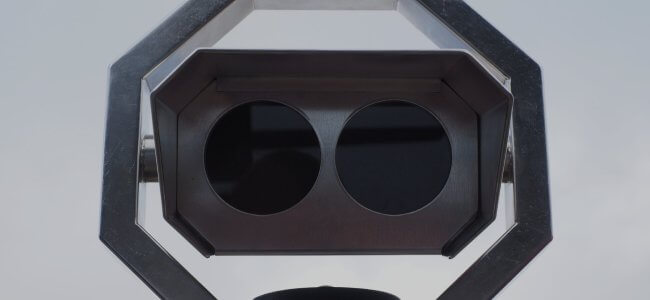Diffusion of telemedicine in Italy: how we progressed

Italy must aim to broaden its horizons, positioning itself strategically in that boundless prairie of opportunities that is the telemedicine market; unfortunately, we still have a lot to do, to improve. To better understand the level of diffusion of telemedicine in Italy within the European chessboard, we must familiarize ourselves with the DESI index.
We immediately bring you the video posted by the Liberi Oltre channel that gives us a general overview of the Italian digitization situation.
The DESI index: what is it?
The Digital Economy and Society Index is used to monitor and measure the degree of digitization of European Union members. The parameters that are subjected to the analysis are divided into five areas, each of which is combined with a percentage indicating its weight on the final result1:
- Connectivity (25%).
- Digital user skills (25%).
- Integration of digital technologies by enterprises (20%).
- The level of implementation of digital public services (15%).
- Internet usage by individual users (15%).
A comparison between telemedicine in Italy and the EU
Now that we have clarified this compound index we can read and interpret the data of the “Bel Paese”, putting them in relation with the rest of the European countries: unfortunately, the conclusion that we can draw about the current diffusion of telemedicine in Italy is far from perfect. According to the DESI 2020 index, Italy is the 25th country (best only when compared to Romania, Greece and Bulgaria).
A problem that has become endemic: lack of digital skills
If we consider the level of digital skills of Italians, the conclusions we can draw are even more dramatic: we are last regarding the level of digital skills of our human capital. These serious shortcomings result in a modest use of online services by users (in Italy only 74% of the population habitually use the Internet).
One possible cause for this low level of digital skills in our human capital may be due to a lack of digitally-oriented training in primary, secondary and university education. Another cause of this may be related to the low investment SMEs make in human capital.
17% of people living in Italy do not use the Internet. A critical figure that may be due to the high average age of the Italian population.
It is a paradox, that of the level of diffusion of telemedicine in Italy, which is even more significant more if we take note of the good position that the Bel Paese has in terms of e-government (degree of digitalization of public services); this potential is condemned to remain unexpressed because of the reticence with which users approach technological innovation.
An explanation for this paradox can be found in the difficulty of accessing the digital service offered by public administrations. Unfortunately, there seems to be a series of barriers that slow down and make the usability of services cumbersome, inevitably generating discouragement in the user to make use of the digital tools made available.
Hopes for the future
On a positive note, we could perhaps focus on the possible positive aspects that, the imposed new technologies, both in the work and communication field, will manifest themselves once the health emergency has been overcome.
If it is true that Italy suffered from a serious delay in the familiarity and habits towards embracing digital tools, it is equally true that the emergency resulting from the pandemic of COVID-19 (to read more about it, check our article “Digital health and pandemic: a reminder for tomorrow”) has forced millions of people to approach the digital universe.
During the pandemic, communication has inevitably moved online, bringing together friends and families who have found in video calls a valid tool to keep in touch. At the same time, many companies had to organize themselves to continue their business through smart working.
The situation has allowed a step forward in the diffusion of telemedicine in Italy. We hope that this was a first step to overcome the idiosyncrasy that our human capital has always manifested towards the digital world.
Bibliography
- innovationpost.it | Digitalizzazione, secondo l’indice Desi 2020 l’Italia è ancora quartultima in Europa (e ultima per competenze). Giugno 2020 | Franco Canna.
- Ibid.
- Ibid.

You are free to reproduce this article but you must cite: emianopsia.com, title and link.
You may not use the material for commercial purposes or modify the article to create derivative works.
Read the full Creative Commons license terms at this page.









